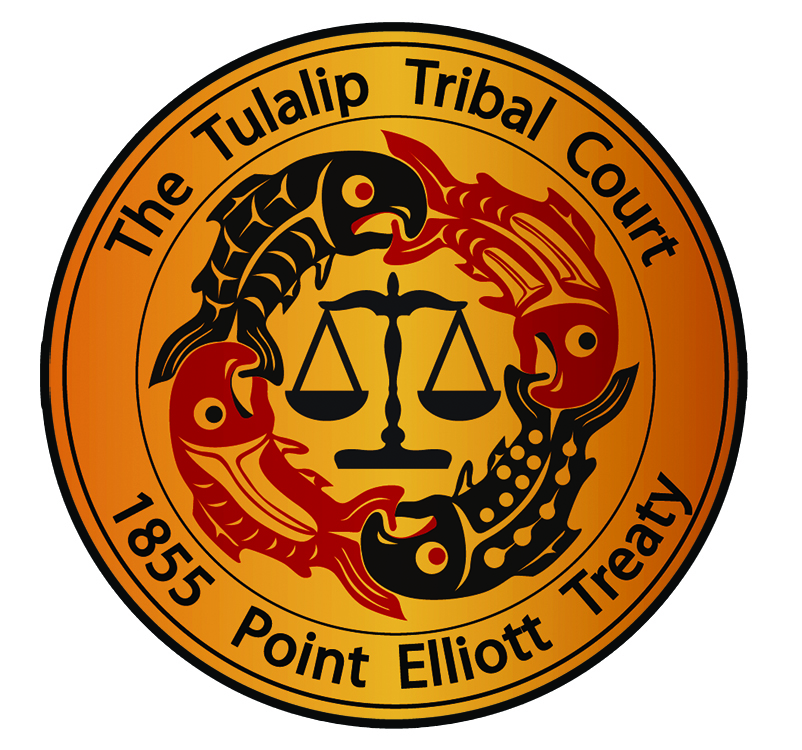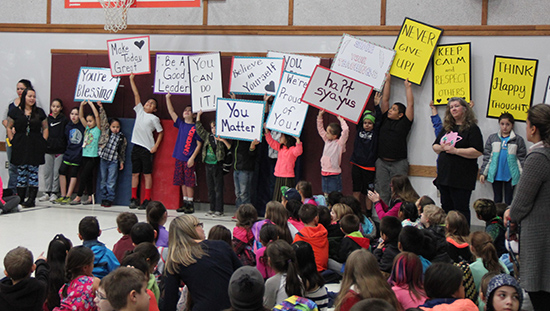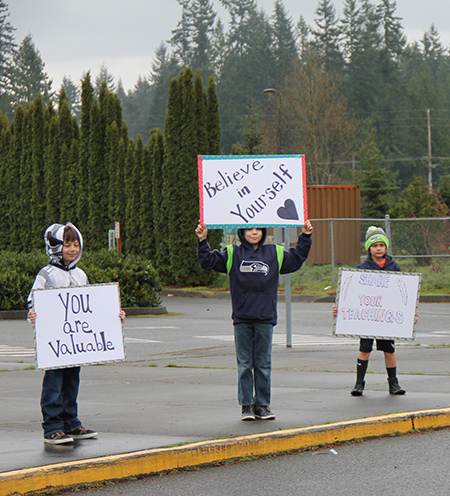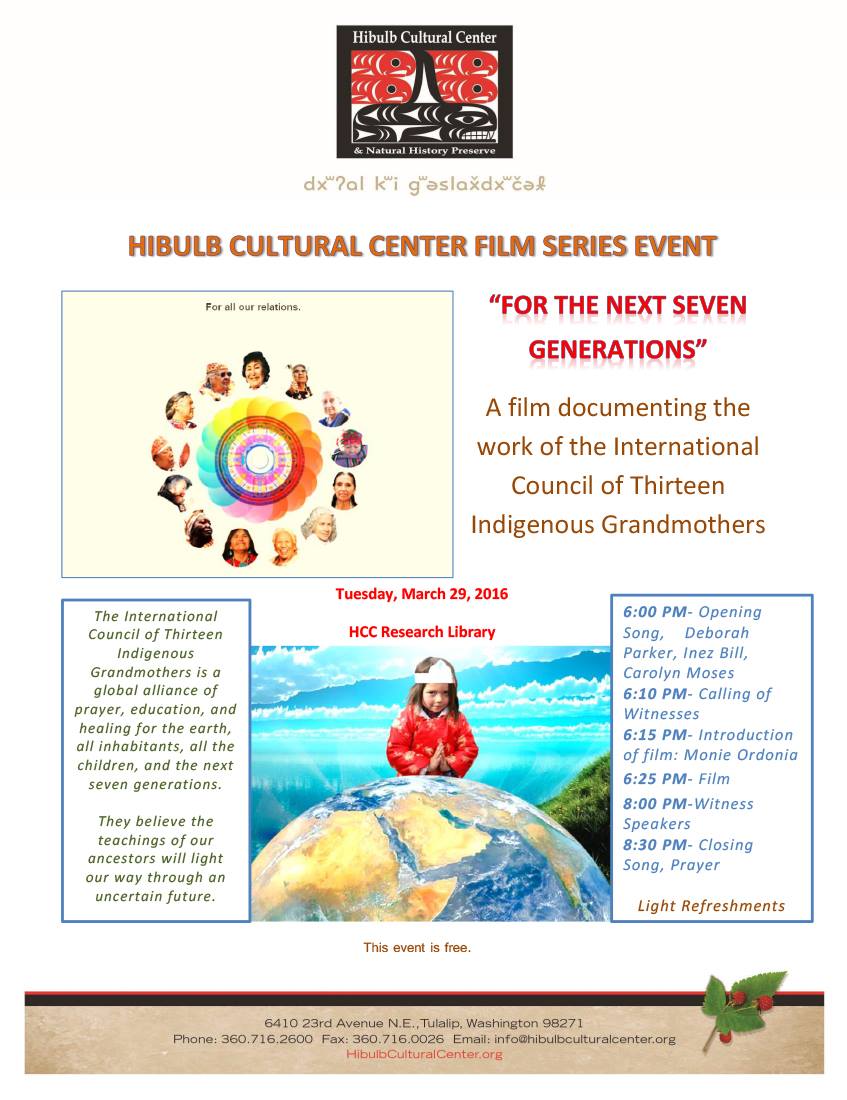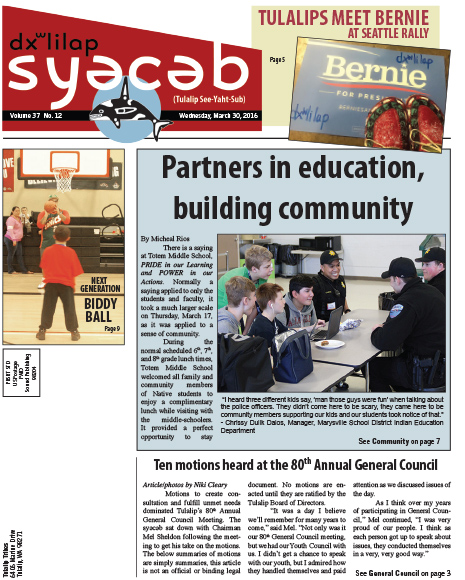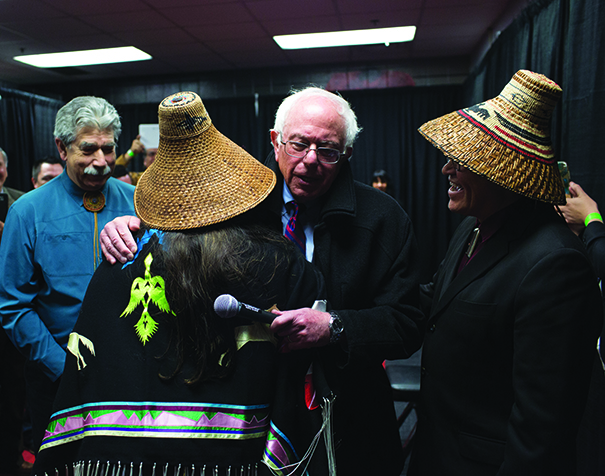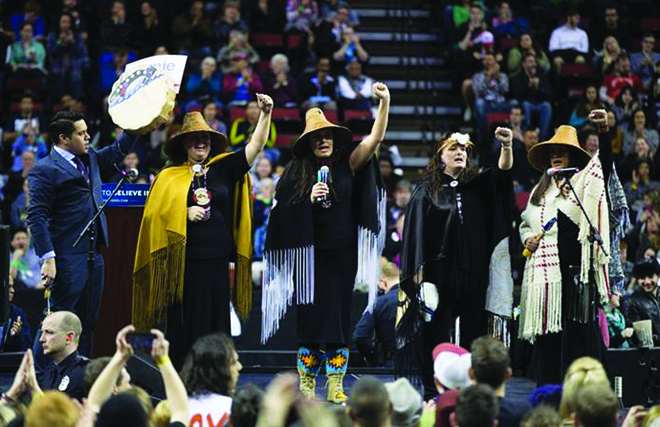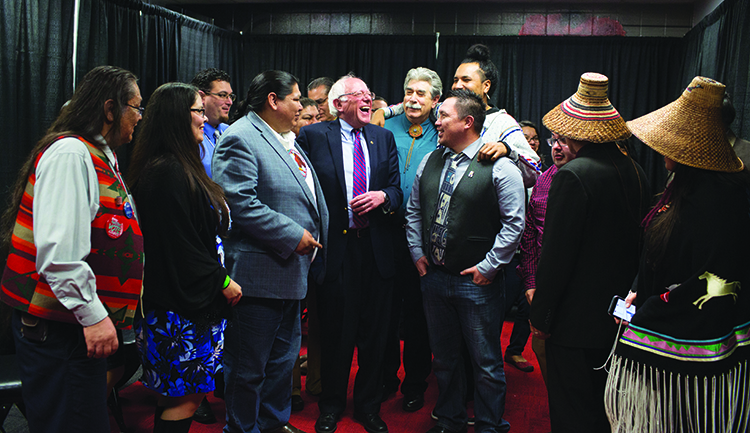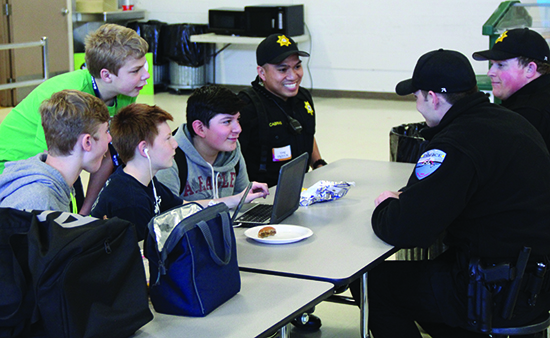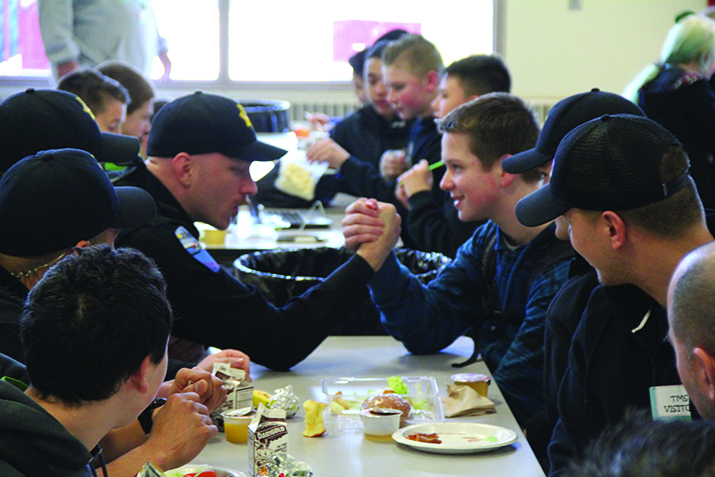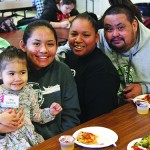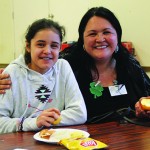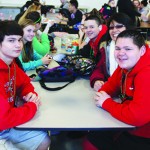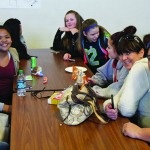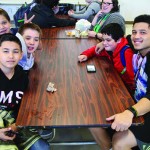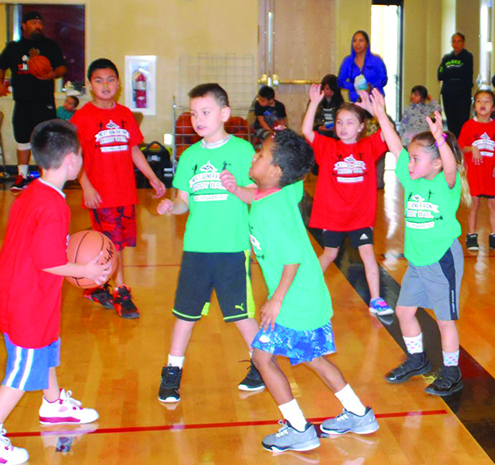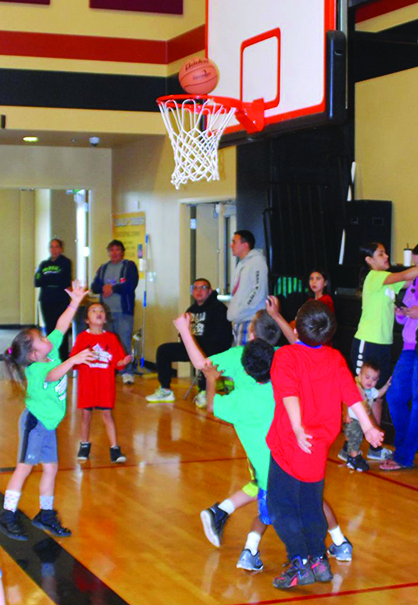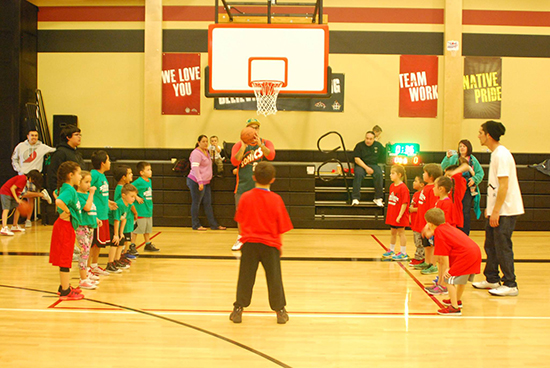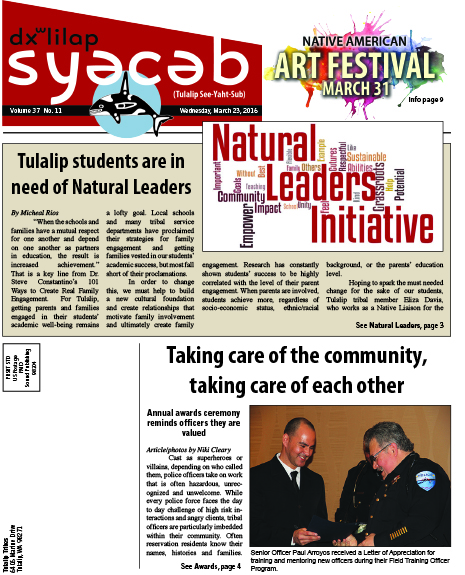By Niki Cleary, Tulalip News
What’s the surefire way to stop a behavior? Punish it, right? From schools, to workplaces, animal training to penitentiaries we see examples everywhere. Obviously, punishment works or we wouldn’t keep doing it. Except, in some cases, common wisdom is entirely wrong. Punishment doesn’t work, as evidenced by the number of repeat offenders in jails and prisons across the country.
First, we have to look at why people commit crime. Picture this individual: 30-something, active drug user since the eighth grade. This person began using drugs to escape from abuse that was never disclosed to the immediate family. This person has no job, is couch surfing most nights but occasionally living in a tent. This person has severe tooth decay from a combination of drug use, malnutrition and lack of dental care. Stealing and selling stolen items has become a form of income to fund a continuous supply of drugs. By the time this person is arrested and in court, the person’s family, having been lied to and stolen from when they assisted in the past, is unwilling to help the person any longer.
“The traditional Judeo Christian justice system is about stigmatization,” said Tulalip Prosecutor Brian Kilgore. “When all you have is a hammer, everything is a nail. Traditionally, you do something bad and we punish you and you don’t do it again. In most places a lot of criminality is driven by drug or alcohol addiction. At the end of the day, no one wants to be an addict and nobody wants to be a criminal. Relying on a traditional justice system is not the right way to do it and not the effective way to do it.”
The solution has been around for thousands of years in Native America, it’s called restorative justice. In a self-governance class taught through Northwest Indian College, tribal Judge Mark Pouley told a story.
“August 5th 1881, a member of the Sioux tribe named Crow Dog, shot and killed the chief of the tribe, Spotted Tail,” described Pouley. “The murder was dealt with internally by the tribe, by having Crow Dog pay $600, 8 horses and one blanket. The justification for that kind of tradition is an emphasis on healing the wound to the community and the accountability for the wrongdoing is reparation to the community, to the surviving victims, that is the more important thing, the idea of reparation and healing.”
The sentiment in the nearby non-Indian community was that requiring only restitution was the opposite of justice, that the man should be hanged to ‘punish’ him for his crime. The tribe involved, however, knew that the tribal community and Crow Dog would both be better served by reintegrating Crow Dog into the community.
Unlike many small communities, tribal citizens are uniquely tied to their geographic community. Many tribes require residency or physical proximity to a reservation to be enrolled, access services and participate in governance. This means that regardless of criminal history, tribal citizens are less likely to leave the Reservation permanently. Brian explained that true justice is served by setting people up to succeed, not just punishing them when they fail. Enter the idea of a specialty courts and alternative sentencing.
“Nationally there’s a movement across the country to provide wrap-around services to people with drug addiction,” Brian described. “Specialty courts are diversion programs that focus on specific groups of people and specific causes of crime. Veterans courts have popped up, drug courts, family courts. They all allow you to keep crimes off your record.”
Instead of receiving jail or prison time for crimes, specialty courts try to find and treat root causes of crimes. Instead looking at sentencing as a way to punish a person for being bad, the court works to heal the person so they don’t behave badly.
“Overwhelming data shows that specialty courts are effective, humane and save money,” declared Brian. “They are more intensive up front, but you have less recidivism (recidivism = the tendency of a criminal to re-offend) and people are living their lives instead of coming back through the system.”
Tulalip is currently building a Healing to Wellness Court. Recall our imaginary 30-something criminal? That person is the ideal candidate for this type of court.
“It will be a uniquely Tulalip court that gives people the support they need to be successful and get to the root causes of what drives the criminal behavior,” said Brian. “A wellness court coordinator establishes linkages with other services. Users have serious medical needs. One of the things that might bring them back to substance abuse is chronic pain, mental health, trauma or PTSD (post-traumatic stress disorder).
“The current system feels a lot like a game of whack-a-mole,” described Brian. “We fix one thing then another pops up. . If all you offer an addict is housing, then in a couple years you have drug houses. If you only offer counseling, then individuals with addictions to meth move onto opiates to treat pain because they have raw exposed nerves in their teeth from tooth decay. You have to address all the issues at the same time if you want people to change. That’s not happening in our current system.
“In a lot of ways specialty courts are less punitive and more closely supervised,” Brian continued. “We’ll have someone from Behavioral Health working with us on every case, every day. A community member will make linages with cultural and community activities. There is a drug culture and you have to reintegrate them [an addict] into non-drug culture, otherwise they’ll slip back into it [addiction]. The difference is that we’re trying to put the re-integrative part back in. We’re going to help people build bridges.”
Many may recall Tulalip’s previous efforts to provide restorative justice, including the Elders’ Panel. Those efforts heaped additional duties on already strained staff, and relied heavily on unpaid staff.
“Structurally it wasn’t very robust,” said Brian. “You had a lot of people who were volunteers, there was some staff turnover and that was the end of it. What we’re doing differently is this will be part of people’s jobs and there is also funding behind it. It’s not going to be something that can fade away. We’ll be working with more departments and gathering more metrics so we can show how we’re being successful.”
Brian estimates that 25% of the court’s current caseload would be good candidates for the Healing to Wellness program.
“At the end of the day, this is a court program for anyone who is ready to make a change in their life and wants to address the reasons they’re sitting in that orange jumper. If they’re not ready to make a change, this program is not for them.
Prosecutors often have a reputation for power tripping or being just plain mean, so it may seem strange that the Prosecutor’s Office is help spearhead a less punitive and more compassionate court system.
“Long before I was in law enforcement as a lawyer I did a ride along with a Walla Walla police officer. He said, ‘every time I have an interaction with the public, I want them to say thank you.’ He was absolutely right. Police are here to serve and protect, and so are prosecutors. People should feel they were treated fairly, not that they won, but that they were treated fairly.
“It’s a great privilege to be a prosecutor. Prosecuting someone is an intervention point. A bad prosecutor can ruin people’s lives. A good prosecutor has the power to transform the lives of people, both those that they prosecuted and those who were victims of crimes. Justice is a powerful ideal, and that’s what we’re about. A prosecutor’s job is to see justice done.”
The Tulalip Healing to Wellness Court is slated to begin January 2017. Keep your eye on the syəcəb for updates and information about the Healing to Wellness Court.

